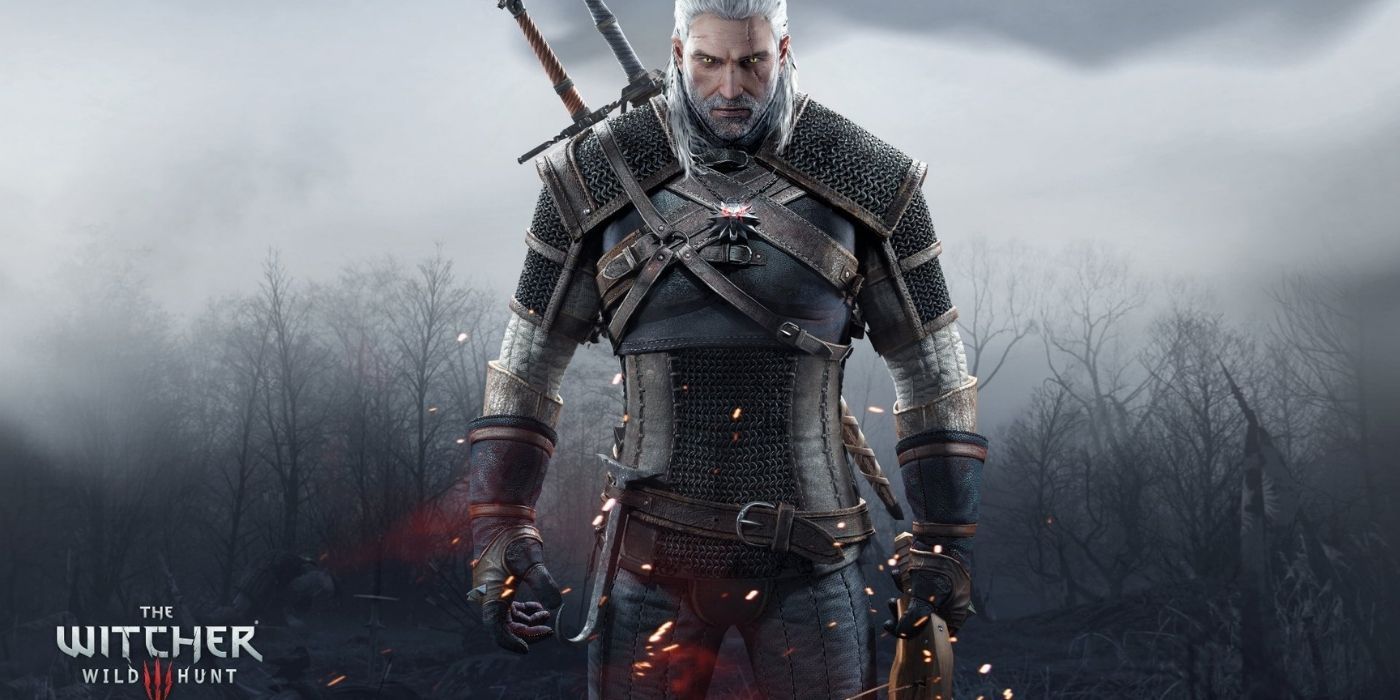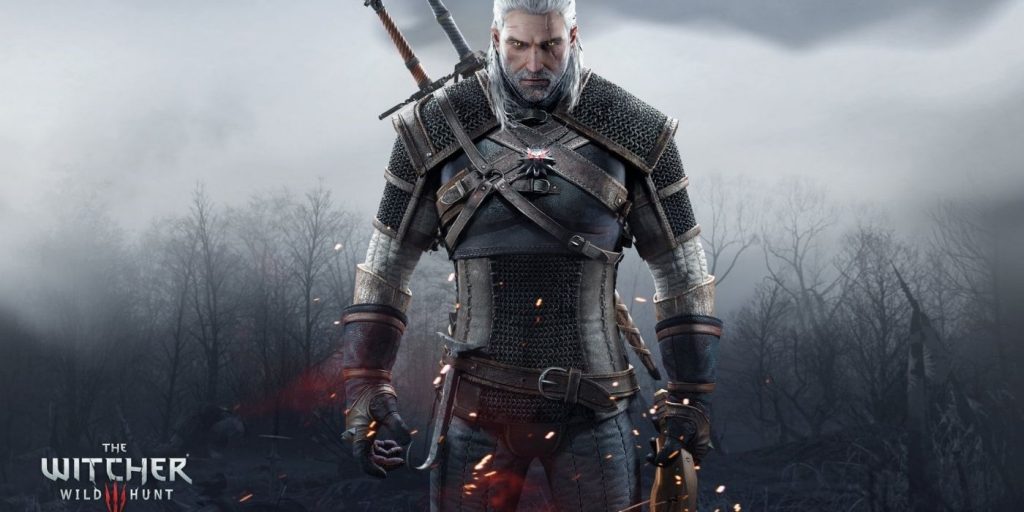
With The Witcher 3: Wild Hunt, CD Projekt Red delivered an open world that wasn't just brimming with endless optional encounters off the beaten path, but an open world that understood the importance behind them. It gave much thought and weight to most of its rarer, surprising events that players stumbled upon every so often while role-playing as Geralt of Rivia.
The Witcher 3's highly anticipated release in 2015 quickly led to the erasure of the idea that massive open-world games couldn't depict a consistently engaging plotline with an intriguing and diverse cast of characters. While The Witcher 3 excel in a seemingly impossible area, it fails significantly in some root areas. With the next-gen upgrade for The Witcher 3 set to arrive later this year, CD Projekt Red has the opportunity to address one major flaw that continues to hinder an otherwise fantastic experience.
RELATED: The Witcher 3: The 15 Most Useful Skills And Abilities
For a AAA game with millions of dollars of budget, the controls of The Witcher 3 aren't always great. From an awkward camera to janky character movement and a slow UI, the game can be a sluggish experience. The biggest issue of all is Geralt's movement that feels heavy and unresponsive. For a Witcher who is unprecedently nimble with his two swords and a crossbow, Geralt's controls should match.
At launch, The Witcher 3's clumsy controls got overshadowed by its gorgeous open-world and unique narrative encounters, and CD Projekt Red got a free pass for not fixing the game's fundamental issues. Fast forward to 2021, and these issues still persist regardless of the platform. The Witcher 3's problematic controls did prove to be an inconvenience to Bloodborne players who hopped straight onto The Witcher 3. Bloodborne, which was released just a few months before The Witcher 3, features far more responsive and sound controls. Even though both are action RPGs, Bloodborne and The Witcher 3 are vastly different experiences. Even so, it's no surprise that plenty of people transitioning from Bloodborne to The Witcher 3 had trouble getting into the latter because of its less responsive and clunky controls.
Traversal is a vital aspect in any open-world game, and there are only a few open-world titles that make traveling from point A to B a joyous affair regardless of the encounters that happen in between. The Legend: Zelda Breath of the Wild and Death Stranding are two games that stand out in this regard. The Witcher 3's open-world is intricate, and walking through the vivacious alleyways of Novigrad feels like walking through a real-life medieval city. However, Geralt's cumbersome movements make exploration a chore, which is a shame because every dense city street, forest, and mountain pass in The Witcher 3 begs to be explored.
The input lag and clumsy character movements in The Witcher 3 create a paradoxical situation in which exploration often boils down to fast traveling from one point to another. While Skyrim's melee combat isn't the most refined and satisfactory, its controls and movements are solid enough for players to stumble upon one area after another without needing to fast travel. The Witcher 3 isn't the only AAA open-world game in recent memory that suffers from this issue. Rockstar's Red Dead Redemption 2 travels a similar road where walking and horse riding can be troublesome for some players.
Regardless of how it plays, The Witcher 3 is an incredible game that RPG fans love and adore. Fixing its rudimentary issues in the upcoming next-gen upgrade would only welcome new fans who initially couldn't get into the game because of its controls and character movements, while making traversal and exploration for veteran fans as exciting as the narrative beats tucked away in the farthest corners of its open-world map.
The Witcher 3: Wild Hunt is available now on PC, PS4, Switch, and Xbox One, with PS5 and Xbox Series X/S versions in development.
MORE: The Witcher 3 DLC Set an Impossible Bar for Cyberpunk 2077
